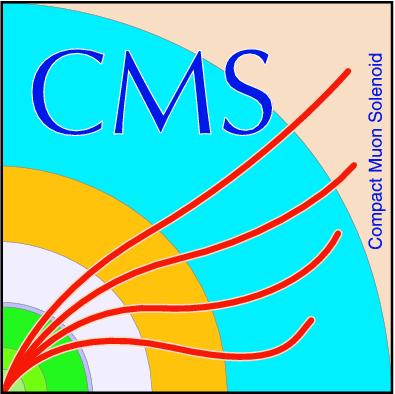
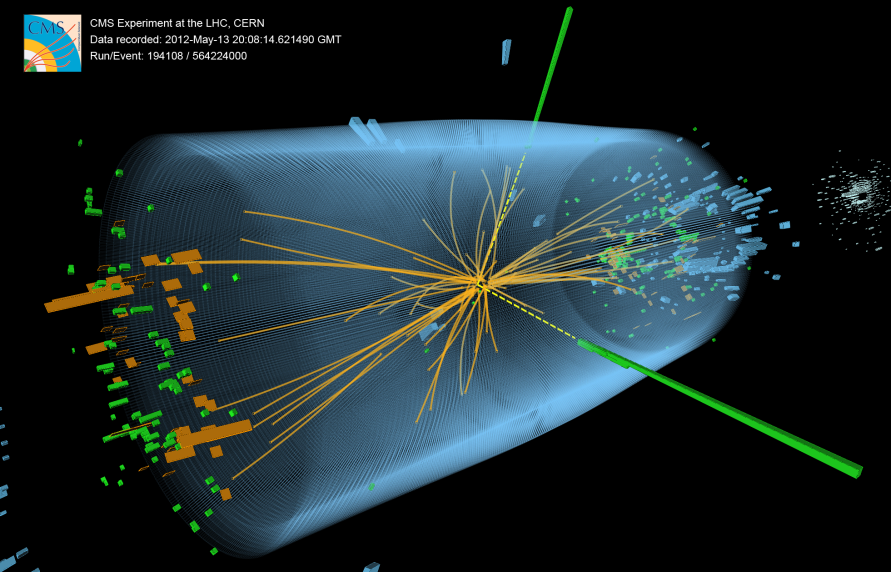
Compact Muon Solenoid
LHC, CERN
| CMS-PAS-HIN-24-004 | ||
| Characterizing the Initial State in XeXe and PbPb Collisions using Multiparticle Cumulants | ||
| CMS Collaboration | ||
| 27 February 2025 | ||
| Abstract: The nuclear shape and size dependences of Fourier flow harmonics ($ v_{n} $, $ n = $ 2, 3, 4) in XeXe collisions at $ \sqrt{s_{{\mathrm{NN}}}} = $ 5.44 TeV and PbPb collisions at $ \sqrt{s_{{\mathrm{NN}}}} = $ 5.36 TeV are studied using the CMS detector. For the first time, correlations between higher-power moments of two or three flow harmonics, as a function of collision centrality, are compared in XeXe and PbPb collisions. This is achieved by measuring multiparticle mixed harmonic cumulants (up to 8-particle cumulants) using charged particles in the pseudorapidity range $ |\eta| < $ 2.4 and transverse momentum range 0.5 $ < p_{T} < $ 3.0 GeV/$c $. The results are compared to theoretical models to investigate the non-linear hydrodynamic response by examining correlations between $ v_{2} $, $ v_{3} $, and $ v_{4} $ and their corresponding eccentricities $ \varepsilon_{2} $, $ \varepsilon_{3} $, and $ \varepsilon_{4} $. This work provides valuable insights into the deformation parameters of the Xe nucleus and constrains initial-state model parameters influencing the evolution of the quark-gluon plasma in heavy-ion collisions at the LHC. | ||
|
Links:
CDS record (PDF) ;
CADI line (restricted) ;
These preliminary results are superseded in this paper, Submitted to PLB. The superseded preliminary plots can be found here. |
||

|
Compact Muon Solenoid LHC, CERN |
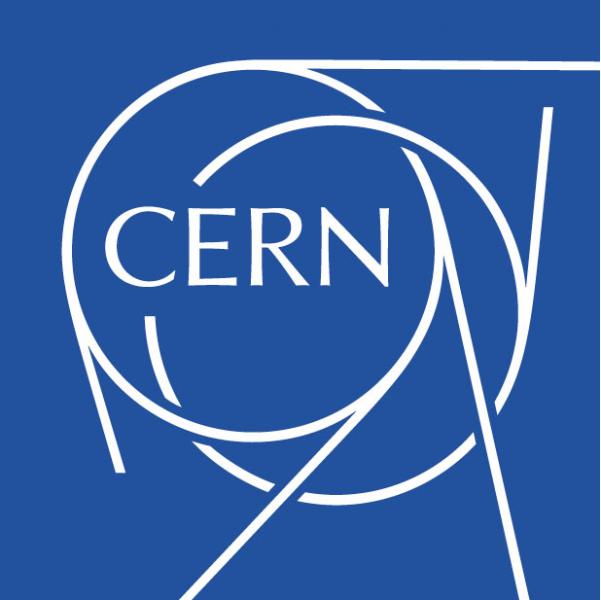
|
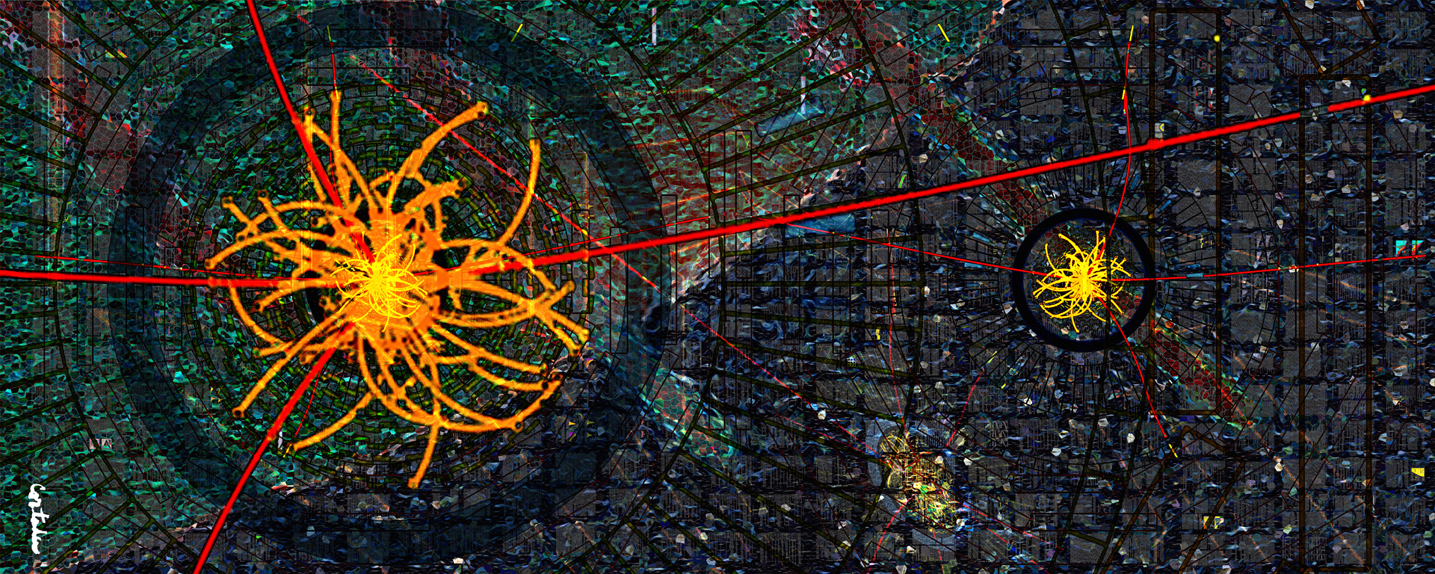
|
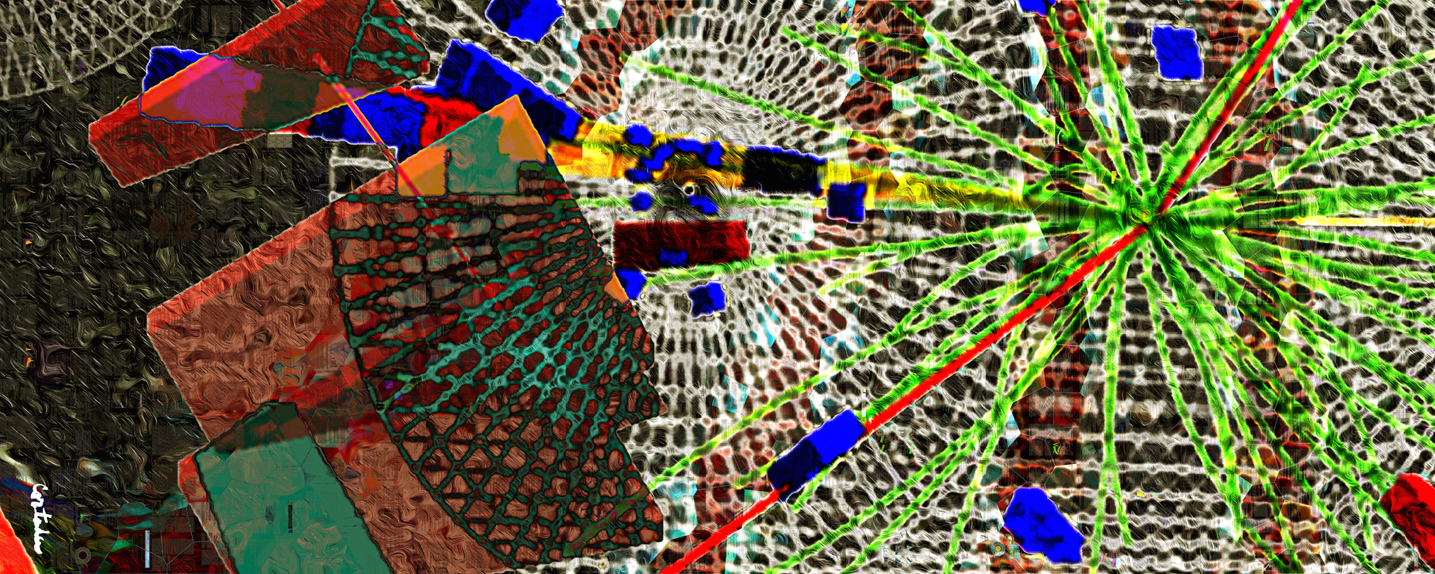
|
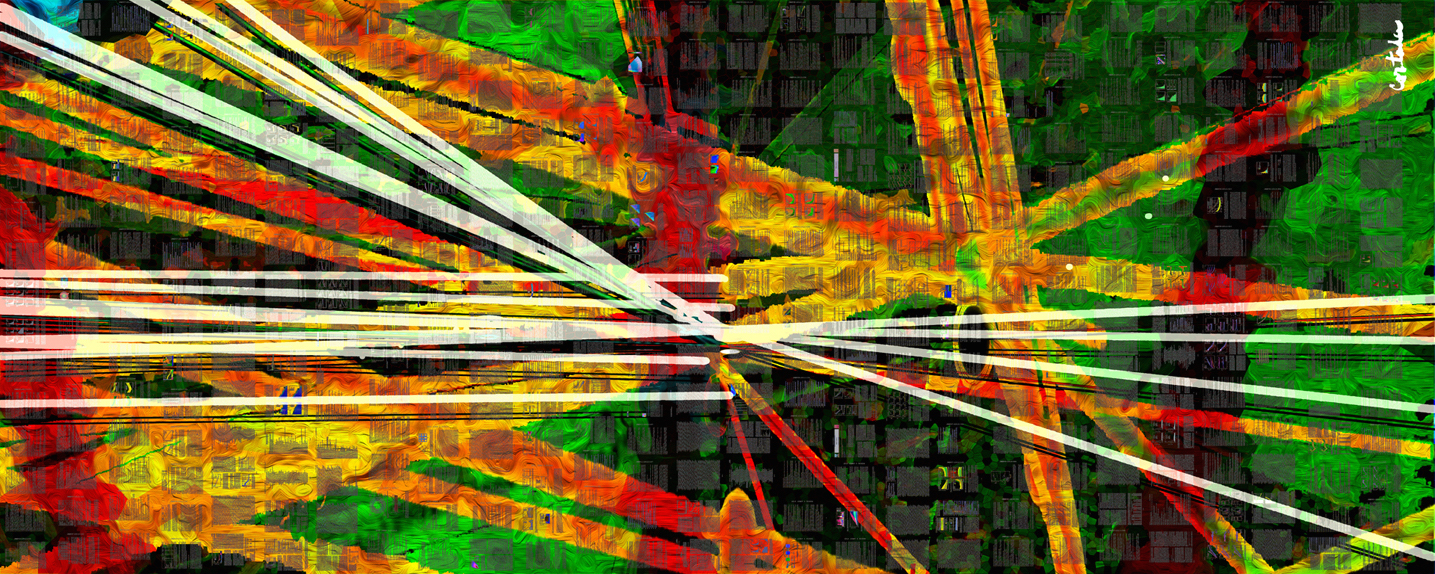
|
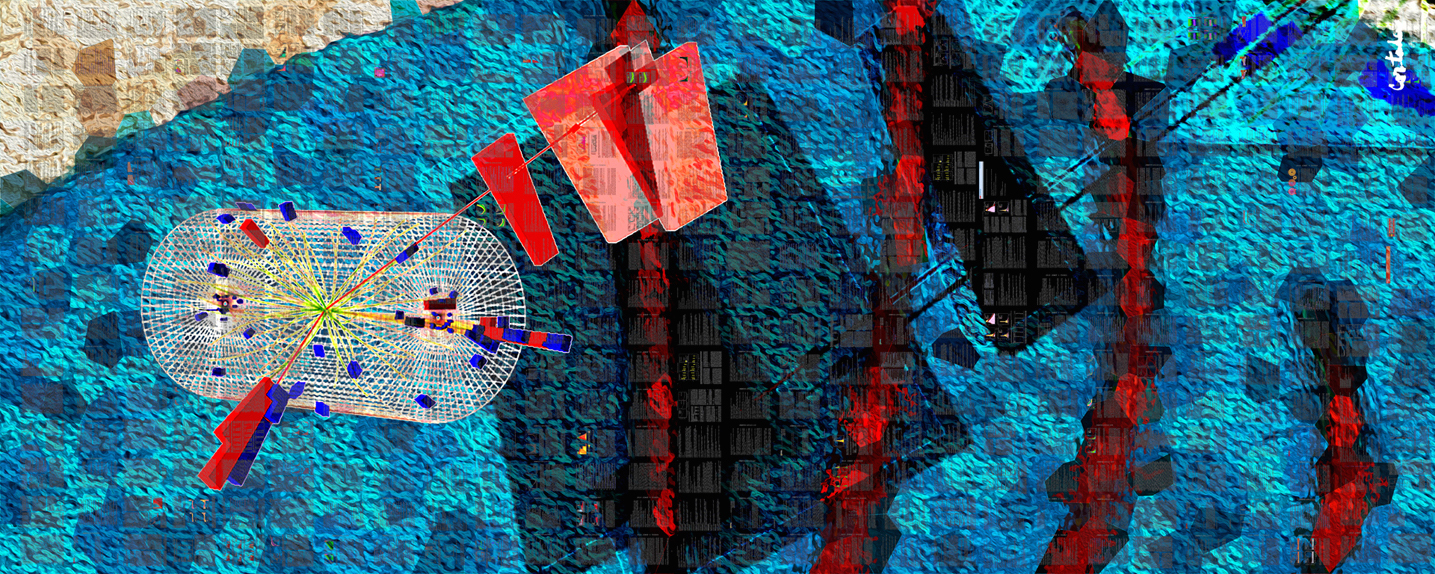
|
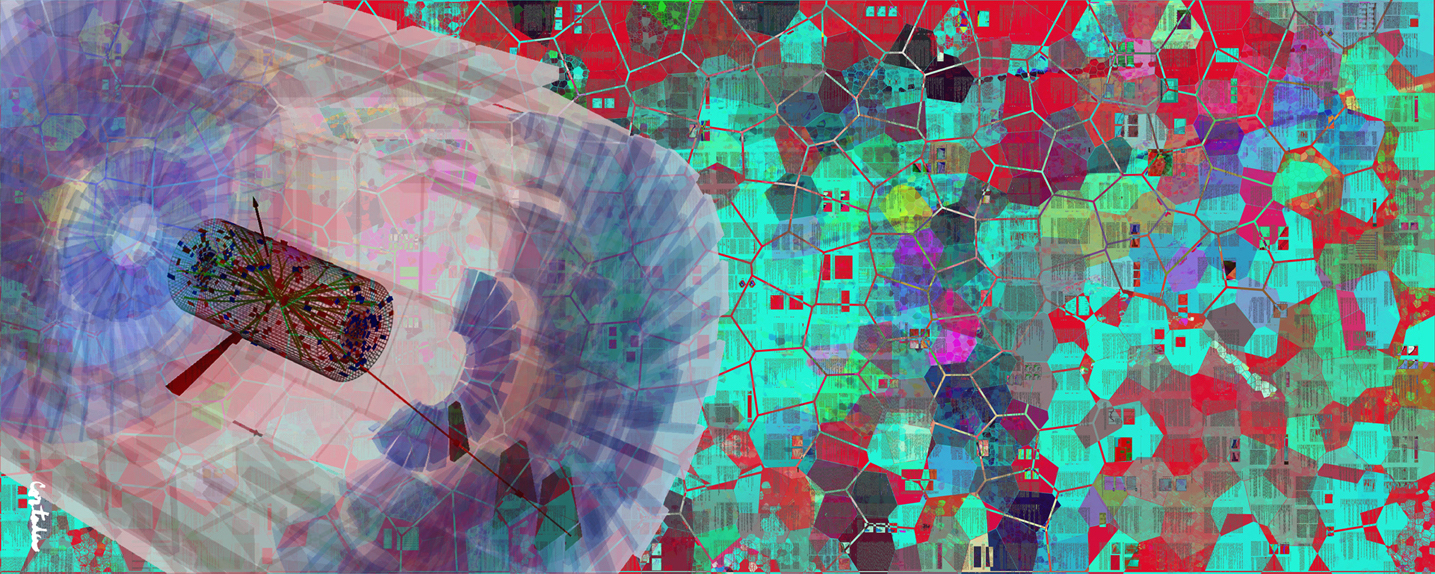
|